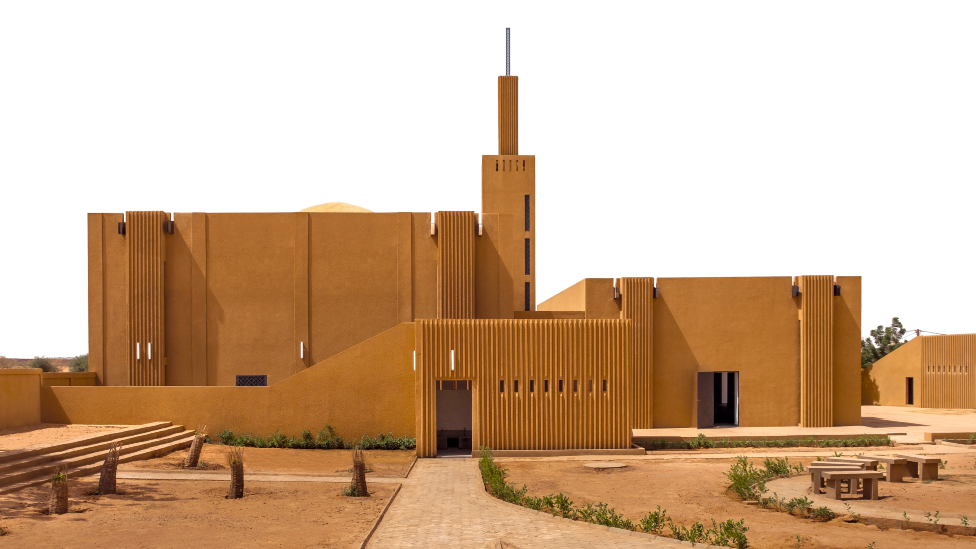
In Africa, the landscape is not only adorned with breathtaking natural wonders but also with architectural marvels that reflect the continent’s rich history, diverse cultures, and innovative spirit. From the mud-brick dwellings of the Sahel region to the iconic roundhouses of the Zulu people in South Africa, Africa’s architectural heritage is as varied as it is captivating.
Traditional architectural styles in Africa are deeply rooted in local environmental conditions, cultural practices, and social structures. In the Sahel region, where arid conditions prevail, mud-brick architecture thrives. These structures, known for their sustainability and thermal insulation properties, are built using locally sourced materials and techniques passed down through generations. The resulting dwellings are not only functional but also blend seamlessly with the surrounding landscape.
Venturing southward to South Africa, one encounters the distinctive roundhouses of the Zulu people. These circular structures, known as “rondavels,” are traditionally constructed with locally available materials such as thatch, mud, and wood. With conical thatched roofs and mud walls, rondavels offer protection from the elements while embodying the cultural identity and communal values of the Zulu people.
Across the continent, traditional architectural techniques and designs serve both practical and symbolic purposes. In West Africa, the adobe mosques of Mali, such as the Great Mosque of Djenné, stand as testaments to the region’s Islamic heritage and architectural ingenuity. These grand structures, with their intricate mud-brick facades and towering minarets, showcase the fusion of local building traditions with Islamic architectural elements.
In Ethiopia, the ancient rock-hewn churches of Lalibela transport visitors to a bygone era of Christian faith and architectural excellence. Carved directly into the rock, these monolithic churches, dating back to the 12th century, are marvels of engineering and religious devotion, attracting pilgrims and tourists alike.
However, Africa’s architectural heritage is not confined to the past. In cities like Nairobi, Accra, and Johannesburg, modern architects are blending contemporary design principles with traditional aesthetics to create innovative structures that pay homage to Africa’s cultural heritage while meeting the demands of urbanization and development.
As Africa continues to evolve and embrace the challenges of the 21st century, its architectural landscape remains a testament to the resilience, creativity, and diversity of its people. Whether ancient or contemporary, rural or urban, Africa’s architectural heritage stands as a source of inspiration and pride for generations to come.
